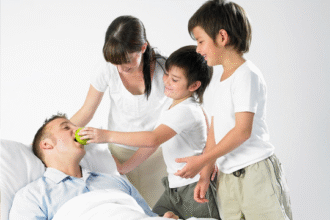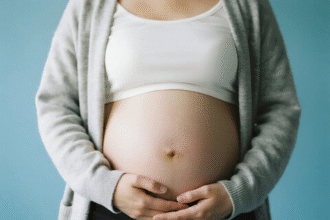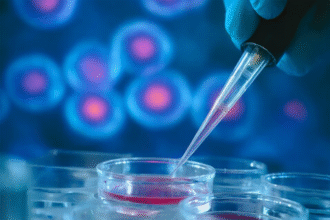Japanese Encephalitis (JE)
Japanese encephalitis is a mosquito‑borne flavivirus infection. Most infections are asymptomatic; a small proportion progress to encephalitis with high fever, altered mental status, and seizures. Early recognition and supportive critical care improve outcomes.
Clinical Severity Types
- Mild: alert or drowsy; fever 38–39°C; possible meningeal signs; CSF pleocytosis. Symptoms usually resolve within 7–10 days and can resemble viral meningitis outside outbreak seasons.
- Moderate: lethargy or brief coma; fever 39–40°C for 4–5 days; brief seizures; clear meningeal signs; possible cranial nerve palsies or limb weakness. Most recover within ~2 weeks.
- Severe: coma; persistent fever >40°C; frequent seizures; pyramidal signs; brainstem involvement may cause respiratory distress and herniation risk. Recovery takes 2–4 weeks if cerebral edema is survived; neuropsychiatric symptoms may persist in recovery.
- Extremely severe (≈5%): abrupt onset; temperature ≥40–41°C; refractory seizures, deep coma, massive cerebral edema; death may occur within 1–2 days from respiratory failure or herniation.
- Atypical presentations: brainstem encephalitis, meningoencephalitis, myelitis, movement disorders.
Laboratory and Diagnostics
- CBC: leukocytosis (often 10–20 × 10^9/L; higher possible).
- CSF: opening pressure elevated; cells 50–500/µL, neutrophils early shifting to lymphocytes by day 4–5; protein normal to mildly high; glucose typically normal.
- Confirmatory tests: JEV‑specific IgM (MAC‑ELISA) in CSF and/or serum (usually detectable by day 3–8 of illness); PCR/NAAT useful early. MRI may show thalamic/basal ganglia/brainstem changes.
- Differential: HSV encephalitis, enteroviral meningoencephalitis, cerebral malaria (travelers), bacterial meningitis, heatstroke in summer.
Treatment (Supportive; No Proven Antiviral)
- Stabilize ABCs; admit moderate/severe cases; ICU if encephalopathy, seizures, or respiratory compromise.
- Seizure control: benzodiazepines → second‑line antiepileptics.
- Manage fever and fluids; maintain electrolytes and nutrition.
- Raised ICP: head‑of‑bed elevation, cautious fluids; consider hyperosmolar therapy with specialist input and neuroimaging.
- Empiric coverage: initiate IV acyclovir (for HSV) and appropriate antibiotics if bacterial meningitis can’t be excluded; de‑escalate when ruled out.
- Corticosteroids/antivirals are not routine for JE.
Prognosis
- Case‑fatality among encephalitis cases can be 10–30% depending on setting.
- Of survivors, 30–50% may have long‑term sequelae (motor deficits, seizures, cognitive/behavioral changes).
Prevention
- Vaccination: highly effective for residents/travelers at risk; follow local product schedules (e.g., inactivated Vero‑cell vaccines or live‑attenuated SA14‑14‑2).
- Mosquito avoidance: repellents (DEET/picaridin/IR3535), long sleeves/pants, permethrin‑treated clothing/bed nets, screened housing; reduce standing water.
Red Flags — Seek Urgent Care
- High fever with severe headache/neck stiffness, seizures, confusion/coma, new weakness, breathing difficulty.
Educational information only; suspected JE warrants urgent hospital care and public‑health notification.







